Vegetable garden ideas can transform any outdoor or indoor space into a thriving haven of fresh, homegrown produce. Whether you have a sprawling backyard or just a small balcony, innovative gardening techniques can help you maximize space, increase yield, and create a visually stunning green oasis. From vertical gardening to raised beds, there are countless ways to cultivate a productive and beautiful vegetable garden.
A well-planned vegetable garden not only provides nutritious food but also enhances the aesthetic appeal of your space. With creative methods like container gardening, hydroponics, and companion planting, you can grow a variety of vegetables even in limited areas. These techniques make gardening more accessible, sustainable, and enjoyable for beginners and experienced gardeners alike.
In this article, we’ll explore 11 creative vegetable garden ideas that will inspire you to design a flourishing garden tailored to your space and needs. Whether you’re looking to optimize a small area, experiment with innovative gardening methods, or simply add beauty to your home, these ideas will help you achieve a thriving harvest.
1. Vertical Vegetable Gardening
Vegetable garden ideas do not have to be limited by space—vertical vegetable gardening offers a smart and efficient way to grow fresh produce even in small areas. By using trellises, hanging baskets, or wall-mounted planters, you can maximize space while adding a beautiful, lush green touch to your garden. Vining vegetables like tomatoes, cucumbers, and beans thrive in vertical gardens, making harvesting easier and improving air circulation for healthier plants. Whether you have a small balcony or a spacious backyard, incorporating vertical gardening techniques can transform your vegetable garden into a high-yield, space-saving paradise.
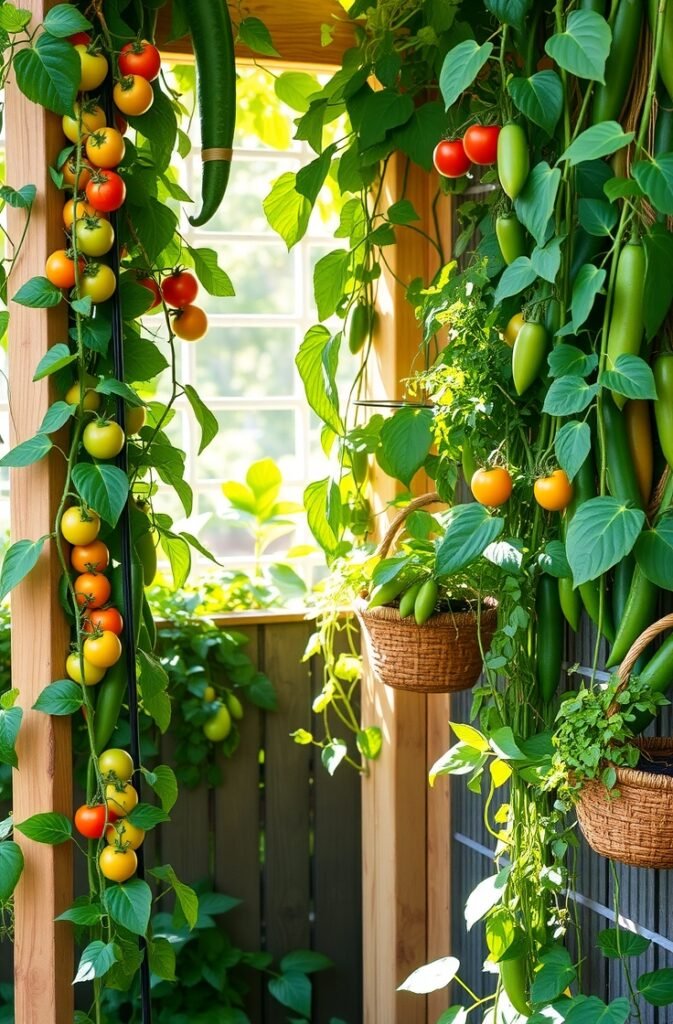
2. Raised Bed Gardens
Raised bed gardens are a fantastic way to create a productive and organized vegetable garden, especially for those dealing with poor soil conditions or limited space. These elevated garden beds provide excellent drainage, reduce weed growth, and make planting and harvesting more convenient. Whether built from wood, bricks, or repurposed materials, raised beds allow for better soil control, ensuring nutrient-rich conditions for vegetables to thrive. With proper planning, a raised bed vegetable garden can yield a bountiful harvest while adding a neat and structured look to any outdoor space.
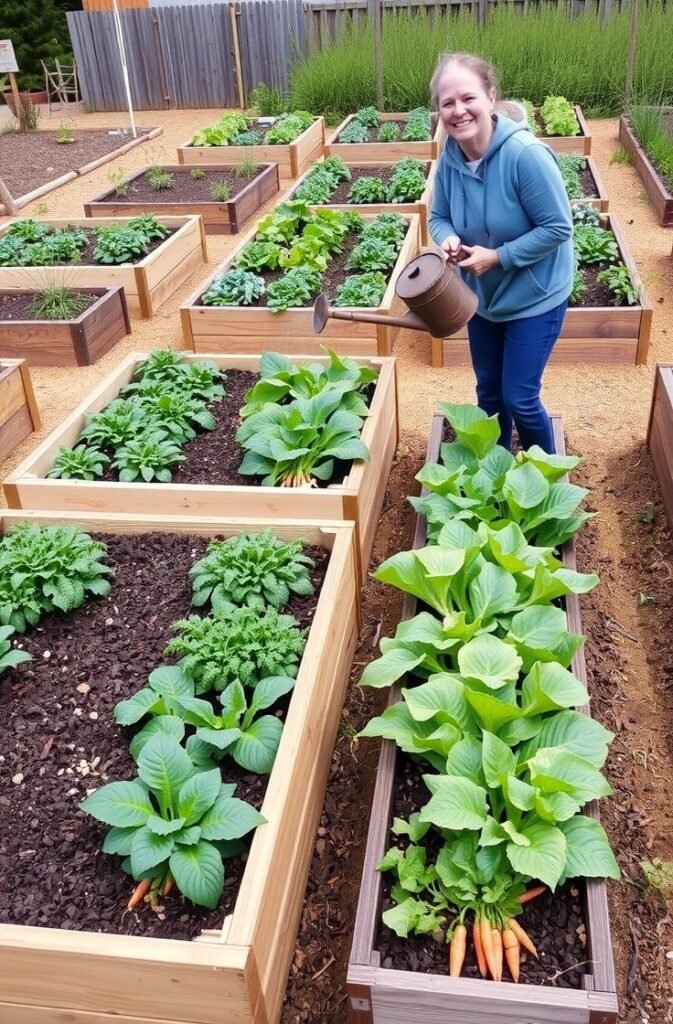
3. Container Gardening
Container gardening is a versatile and space-saving way to create a thriving vegetable garden, especially for those with limited outdoor space. By using pots, buckets, or repurposed containers, you can grow a variety of vegetables such as tomatoes, peppers, lettuce, and herbs on balconies, patios, or even windowsills. This method allows for easy mobility, better control over soil quality, and efficient water management, making it ideal for urban gardeners. Whether you arrange colorful pots in a decorative pattern or use vertical stacking techniques, container gardening brings the joy of fresh homegrown produce to any space, big or small.
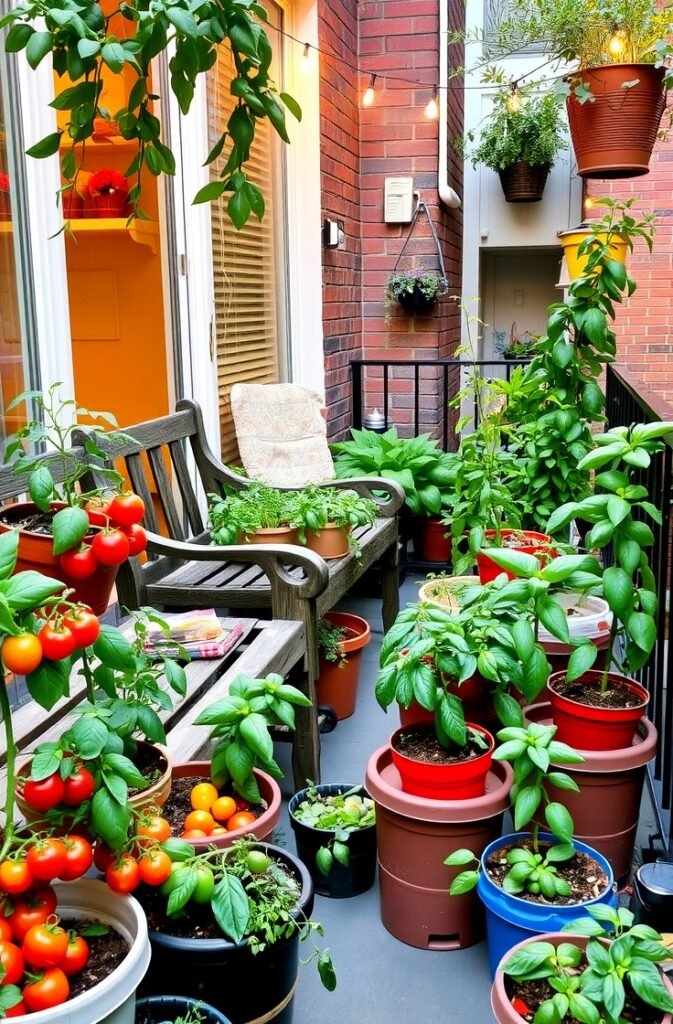
4. Companion Planting
Companion planting is a smart and natural way to boost the health and productivity of your vegetable garden. By growing certain plants together, you can enhance growth, improve soil fertility, and deter pests without the need for chemicals. For example, basil planted near tomatoes not only enhances their flavor but also repels insects, while marigolds help protect a variety of vegetables from harmful pests. Carrots and onions make great companions, as the strong scent of onions deters carrot flies. By incorporating companion planting into your vegetable garden, you create a balanced ecosystem where plants support each other, leading to a healthier and more abundant harvest.
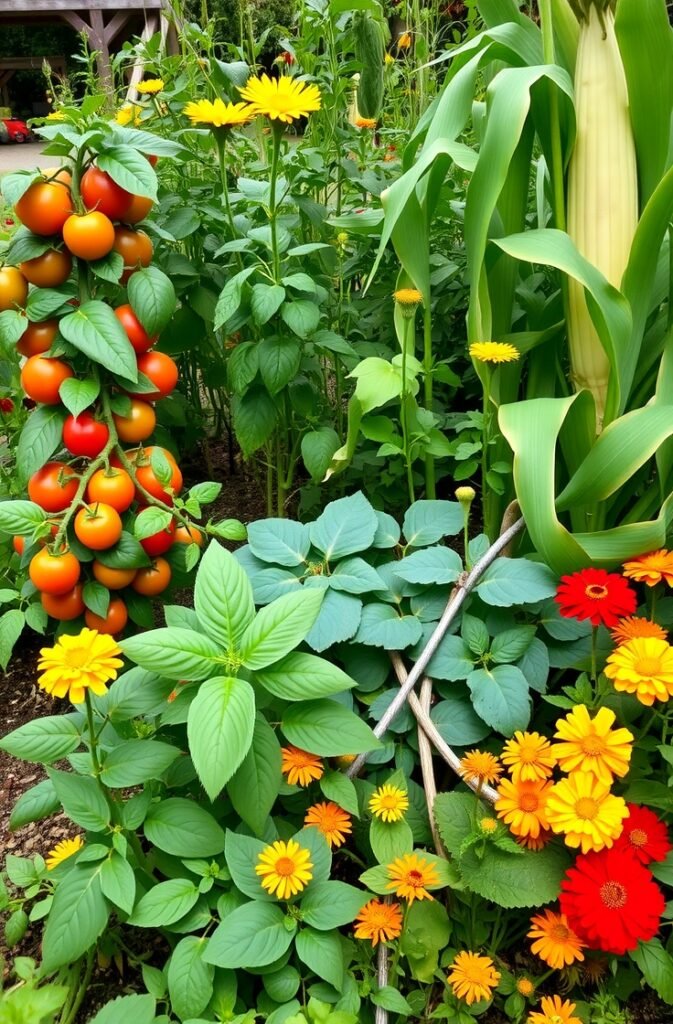
5. Keyhole Gardens
A vegetable garden designed as a keyhole garden is both efficient and visually appealing. This circular raised bed features a small, keyhole-shaped pathway leading to a central compost bin, which provides a continuous source of nutrients to the surrounding soil. Ideal for dry climates, keyhole gardens retain moisture and require less watering while maximizing planting space. With rich soil and strategic layering of organic materials, this method allows vegetables like lettuce, spinach, and tomatoes to thrive, making it a sustainable and productive choice for any gardener.
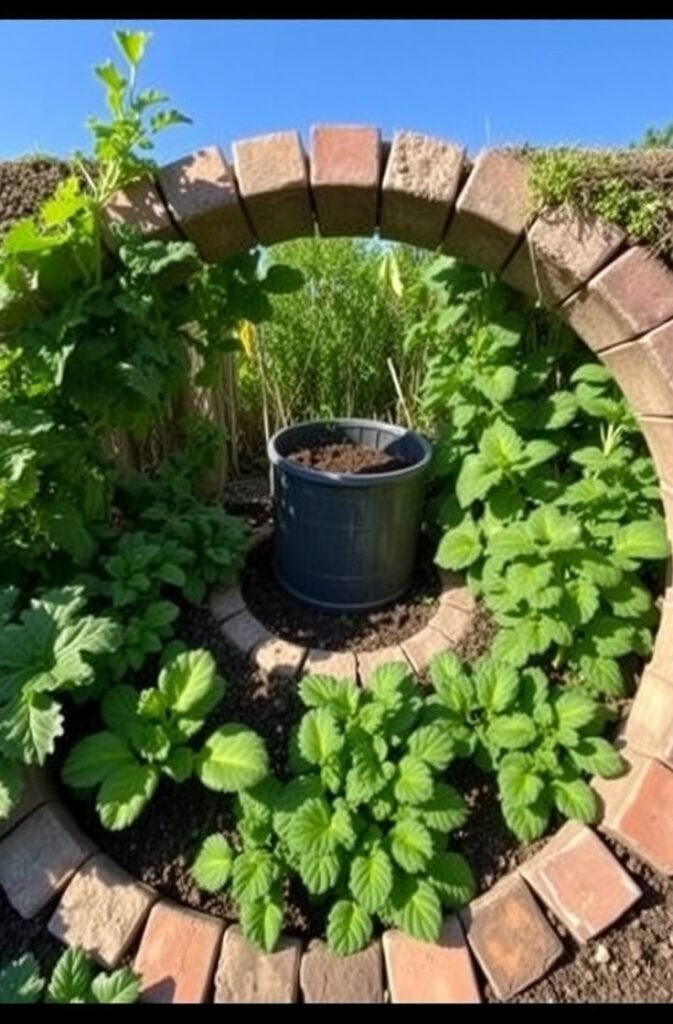
6. Square Foot Gardening
Square-foot gardening is an efficient and organized way to cultivate a vegetable garden, making the most of limited space while reducing waste. This method divides a raised garden bed into small square sections, each dedicated to a different vegetable, ensuring optimal plant spacing and growth. By using rich soil and strategic planting, square foot gardening minimizes weeds, conserves water, and maximizes yield. Whether you’re growing leafy greens, root vegetables, or herbs, this approach simplifies gardening and is perfect for beginners and experienced gardeners alike.
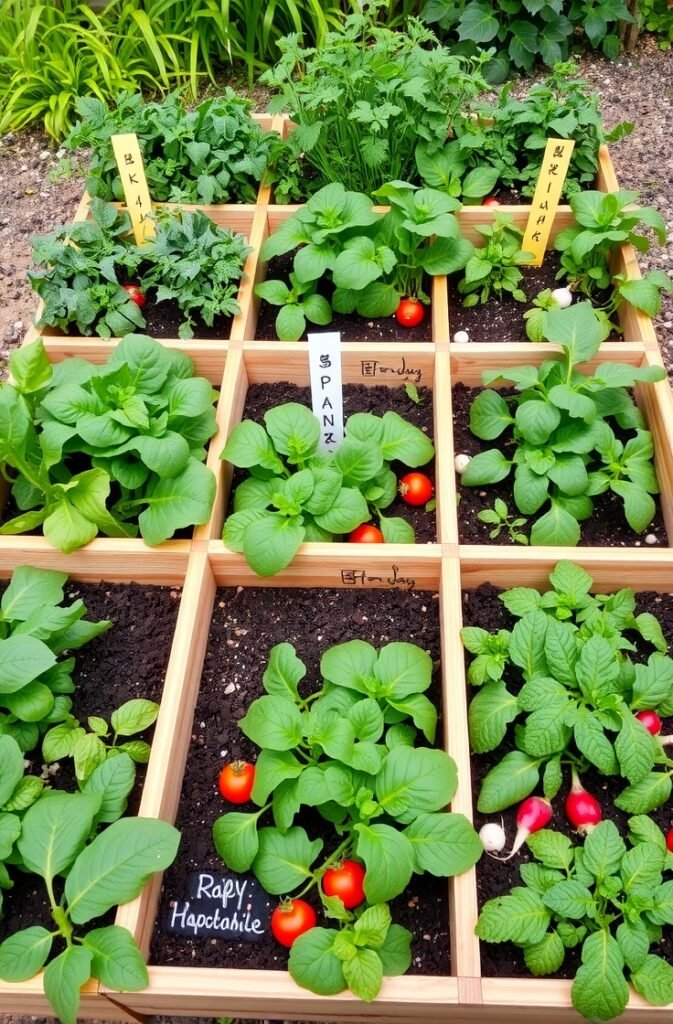
7. Edible Landscaping
Edible landscaping is a beautiful way to blend functionality with aesthetics by incorporating vegetables, herbs, and fruits into your outdoor design. Instead of traditional flower beds, a vegetable garden can be seamlessly integrated with ornamental plants, creating a visually appealing and productive space. Vibrant Swiss chard, colorful kale, and fragrant basil can complement flowering plants, while climbing beans or trellised tomatoes add height and texture to the landscape. This approach not only enhances the beauty of your garden but also provides a sustainable and practical way to grow fresh, organic produce right in your backyard.
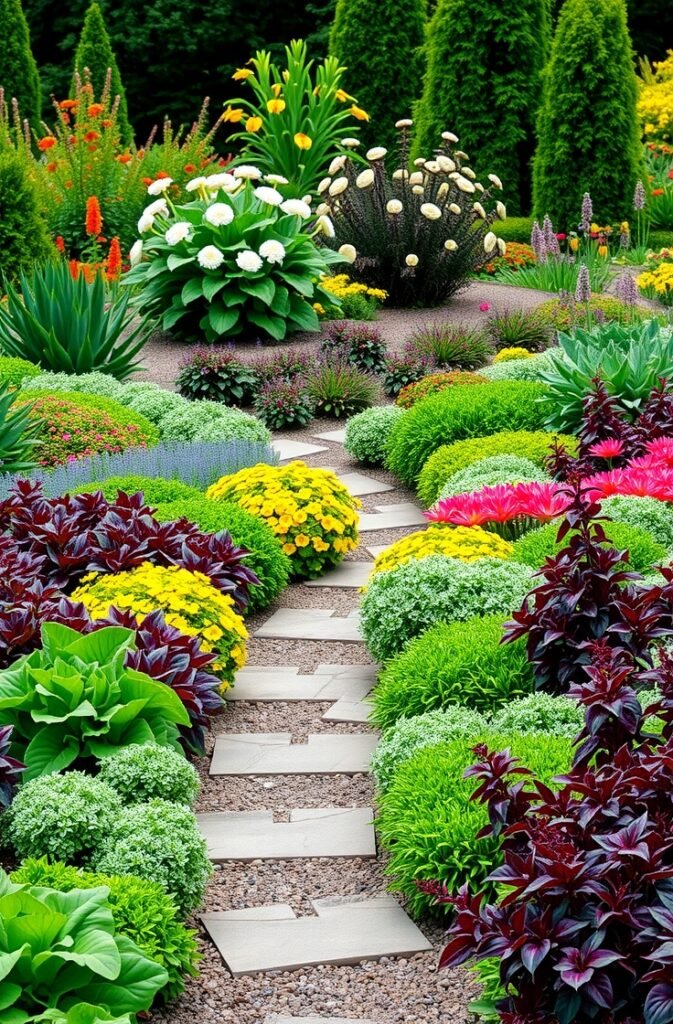
8. Hydroponic Vegetable Gardens
A vegetable garden using hydroponic systems offers a modern and efficient way to grow plants without soil, using nutrient-rich water instead. This innovative method allows you to grow a wide range of vegetables, including leafy greens, tomatoes, and herbs, in small spaces or even indoors. Hydroponic vegetable gardens conserve water and reduce the risk of soil-borne diseases, making them an eco-friendly and sustainable option. With the right setup, you can enjoy a consistent, high-yield harvest year-round, all while minimizing the environmental impact and maximizing your space.

9. Pallet Gardening
Pallet gardening is an excellent solution for those looking to create a compact and eco-friendly vegetable garden with minimal effort and resources. By repurposing wooden pallets, you can create a vertical or horizontal growing space that’s perfect for herbs, strawberries, leafy greens, and even small-rooted vegetables. This method not only helps save space but also adds a rustic charm to your garden. With just a little preparation, such as lining the pallets with landscaping fabric and filling them with nutrient-rich soil, you can create a unique and functional vegetable garden that thrives in even the smallest of spaces.
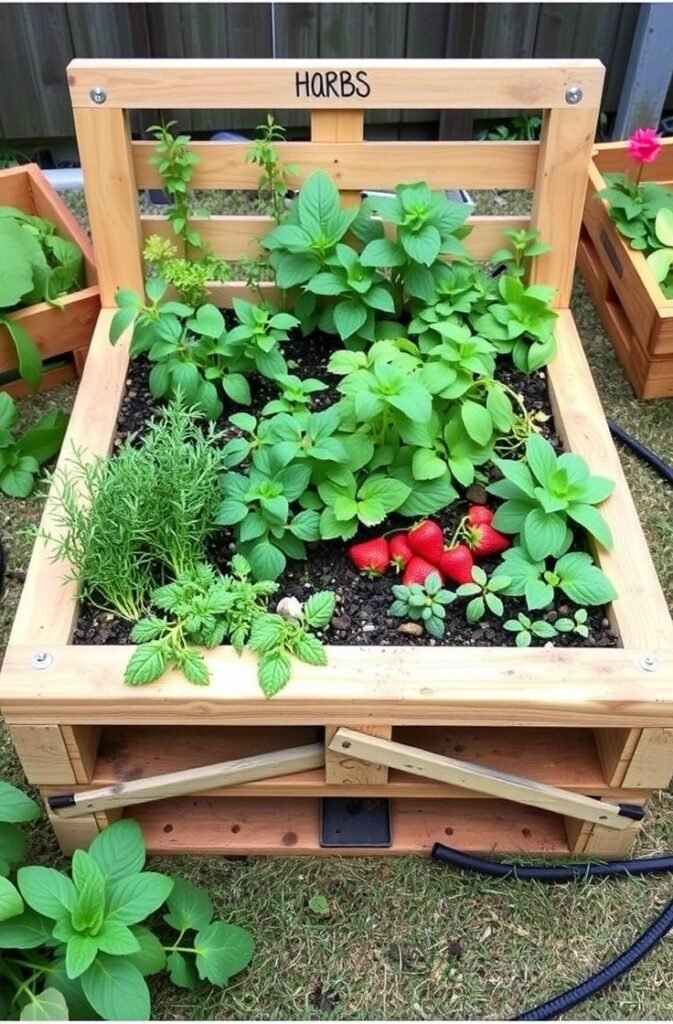
10. Hügelkultur Beds
Hügelkultur beds are an innovative and sustainable approach to creating a vegetable garden that thrives with minimal maintenance. This method involves building raised garden beds using layers of organic materials like logs, branches, leaves, and compost. As these materials break down over time, they enrich the soil, improve moisture retention, and provide a steady supply of nutrients to the plants. The result is a highly fertile and self-sustaining vegetable garden that requires less watering and fertilizing, making it an ideal option for gardeners looking for an eco-friendly solution to growing vegetables. The unique structure of Hügelkultur beds also helps with better drainage, preventing waterlogging and ensuring healthy plant growth.
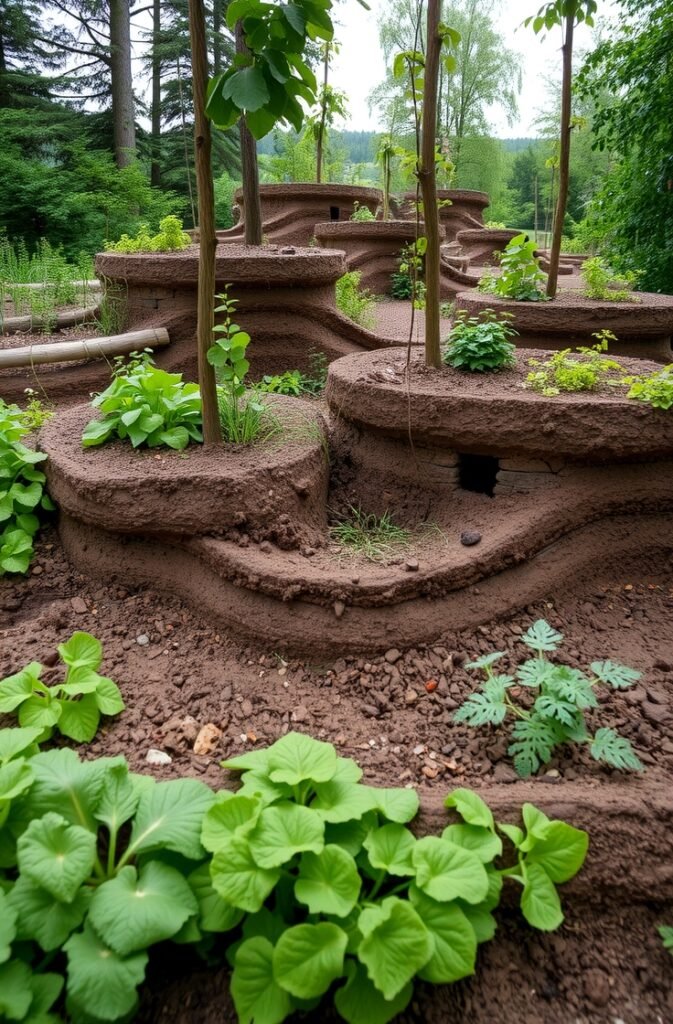
11. Windowsill Herb & Veggie Gardens
A vegetable garden doesn’t have to be limited to outdoor spaces; you can grow a variety of herbs and small vegetables right on your windowsill. This is an excellent solution for those with limited space or for anyone wanting to add a touch of greenery to their home. Plants like basil, green onions, and microgreens thrive in small pots and containers, making them perfect for a windowsill garden. The natural sunlight streaming through the window helps these plants grow quickly and healthily, providing you with fresh herbs and vegetables right at your fingertips. A windowsill herb and veggie garden not only saves space but also brings fresh flavors into your kitchen all year round.
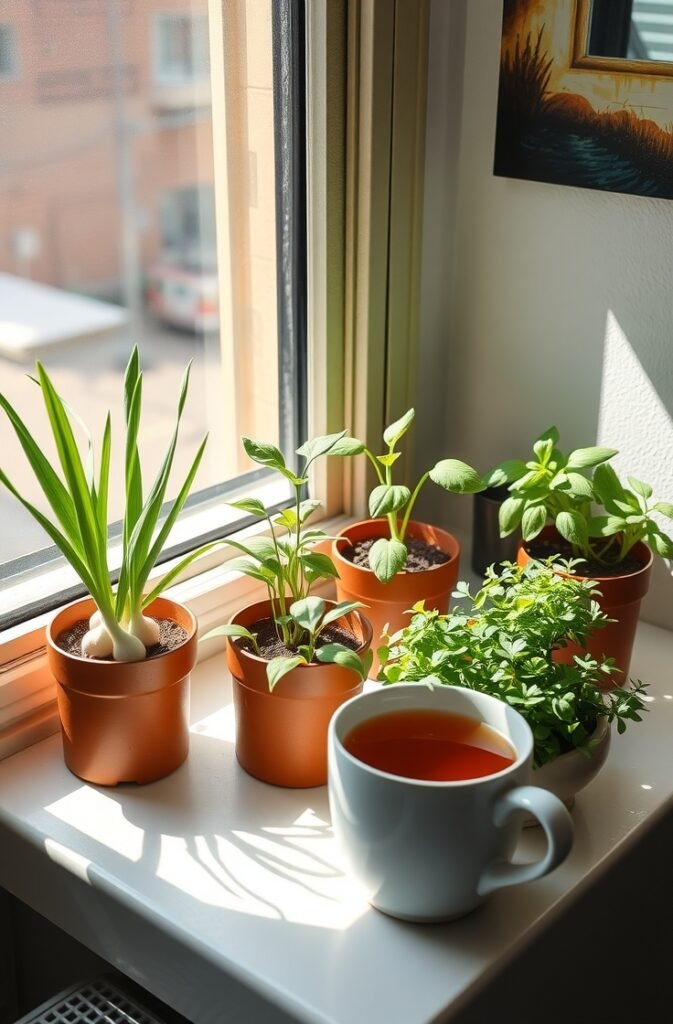
Conclusion
A thriving vegetable garden is within reach, no matter your space or skill level. By incorporating one or more of these creative gardening ideas, you can grow fresh, healthy produce while enhancing the beauty of your space. Happy gardening!

